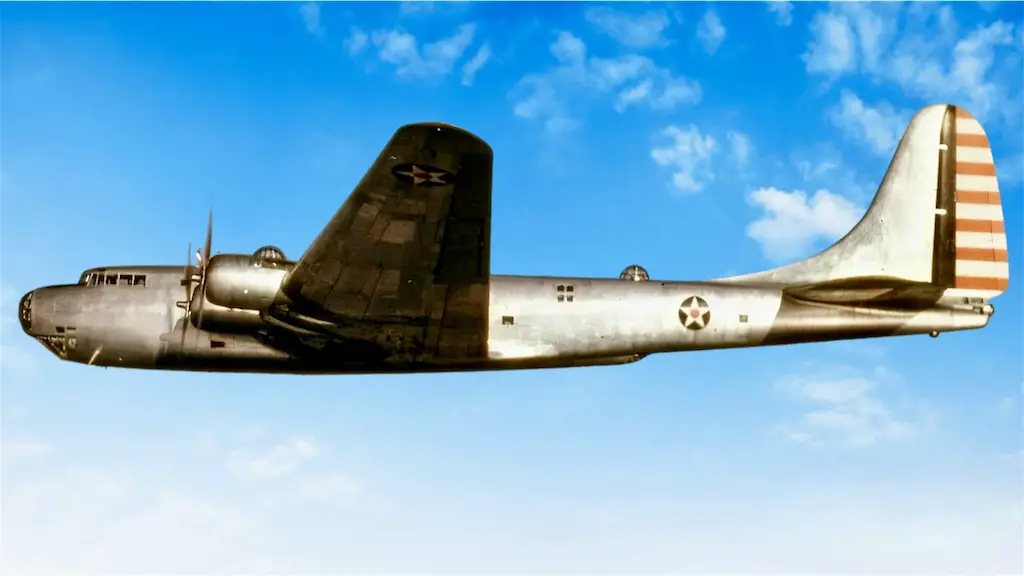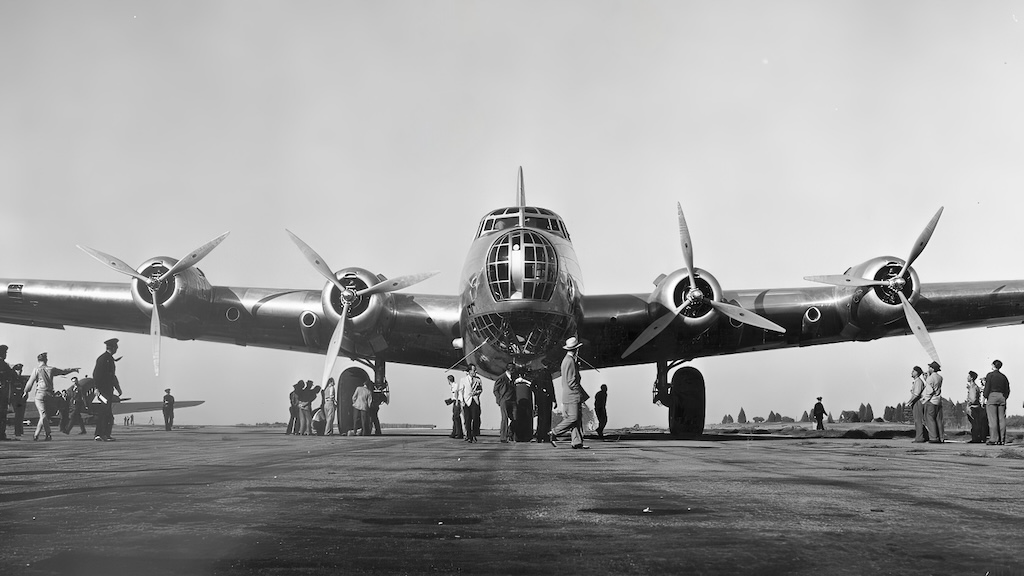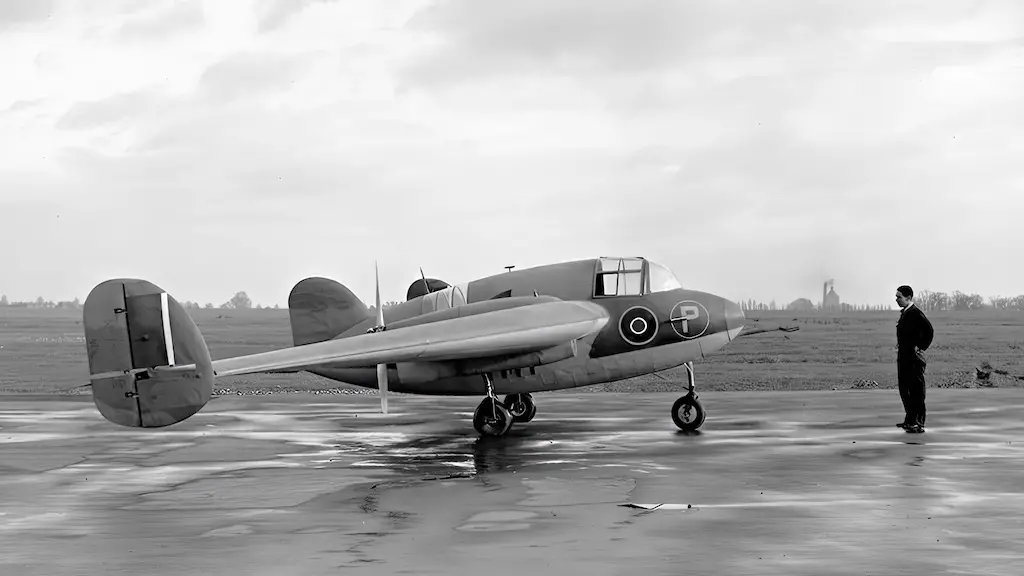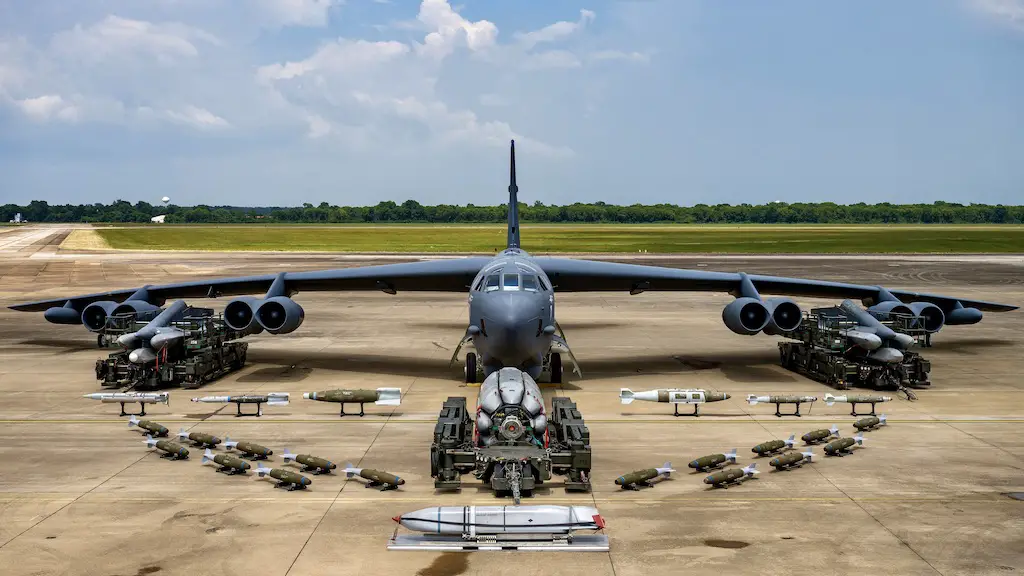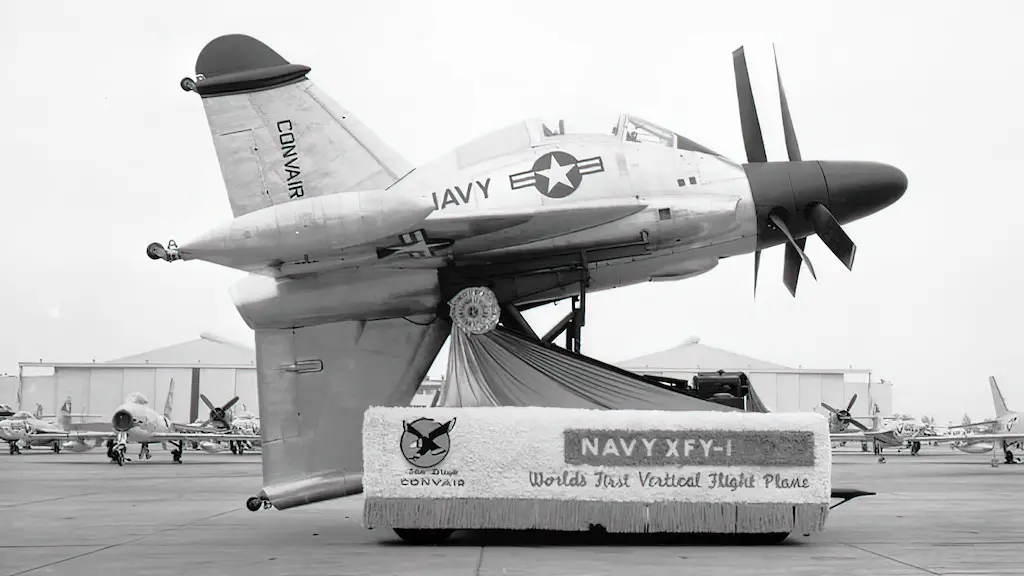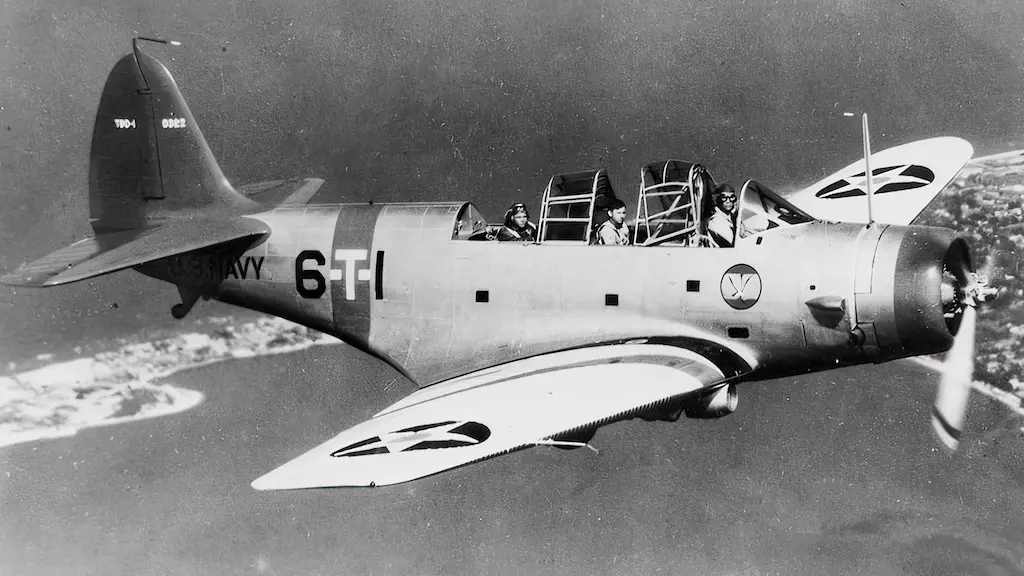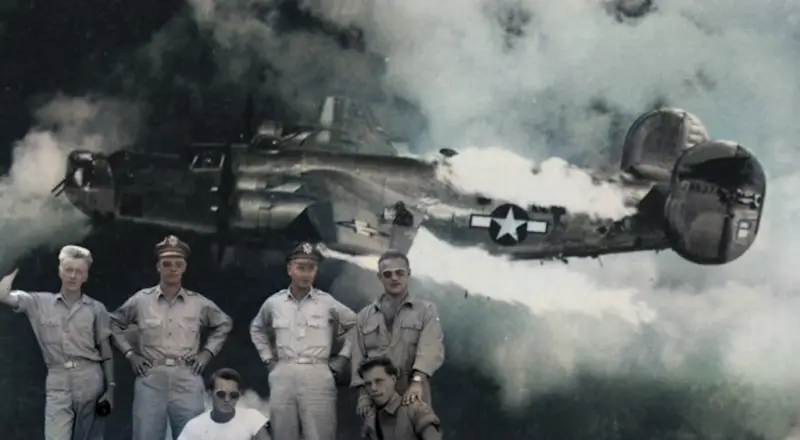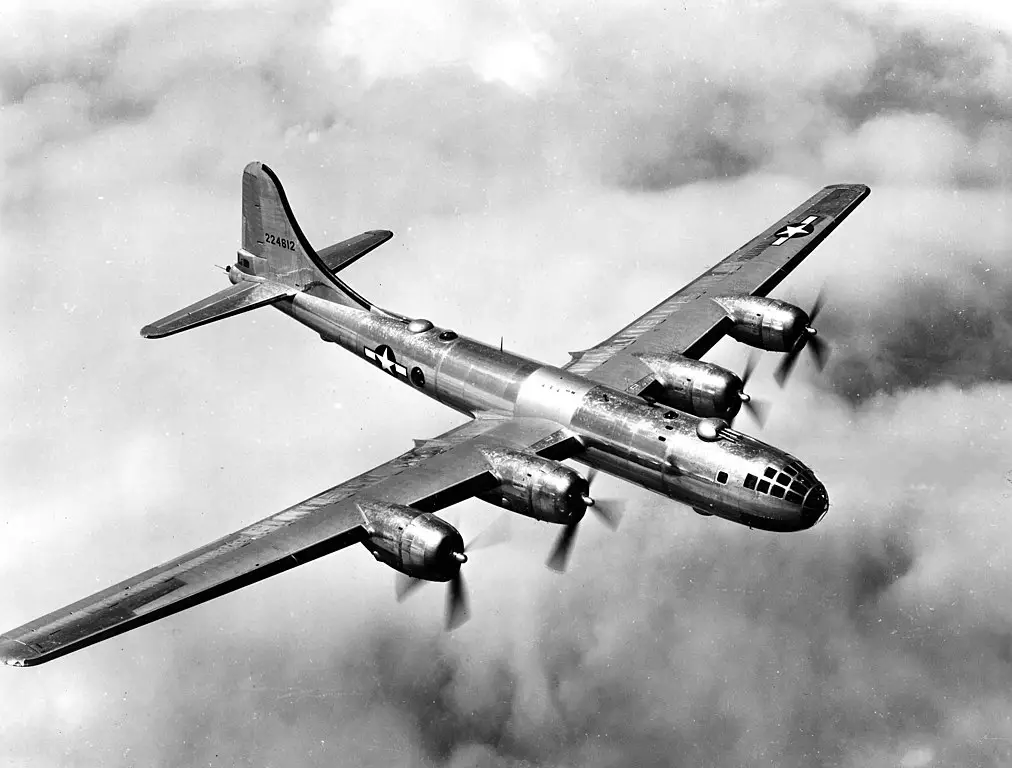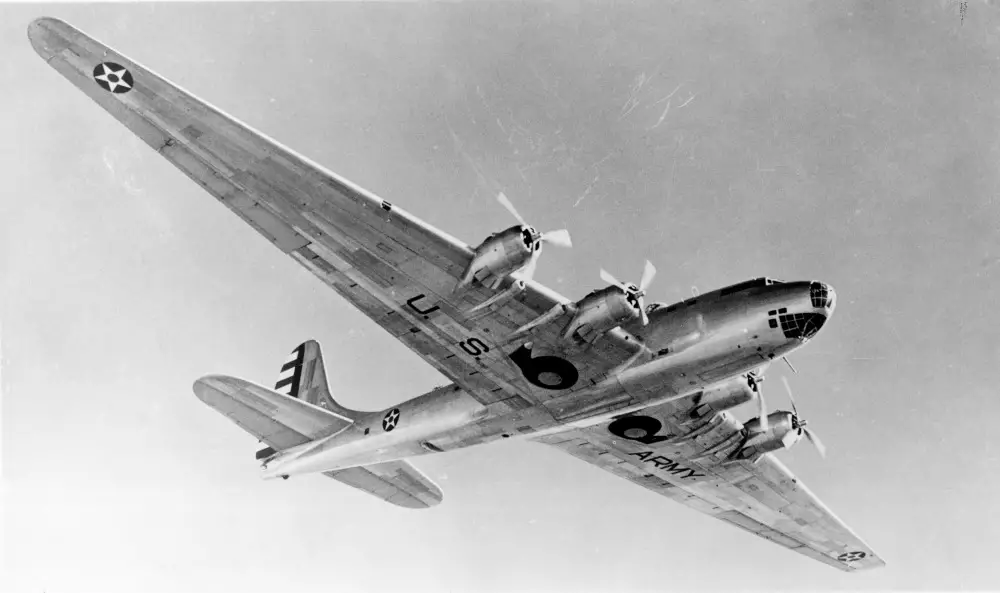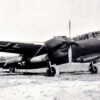Envisioning the Ultimate Bomber
The 1930s in the United States buzzed with fervent innovation and expectation. With Europe on the brink of war, the U.S. Army Air Forces joined forces with Douglas Aircraft Company in a covert partnership aimed at crafting an unparalleled aerial behemoth. The XB-19 project sought to bring to life the supreme long-range bomber, a marvel of engineering designed for extended missions with an 18-man crew, complete with living quarters and a galley kitchen to ensure the crew’s well-being throughout their long flights.
This ambitious initiative aimed to deliver a bomber capable of remaining airborne for more than 24 hours, courtesy of its staggering 11,000-gallon fuel reserve. Armed with formidable 37-millimeter cannons and an array of machine guns, the XB-19 promised to eclipse the firepower of any existing American warplane, marking a significant stride in the evolution of aerial warfare.
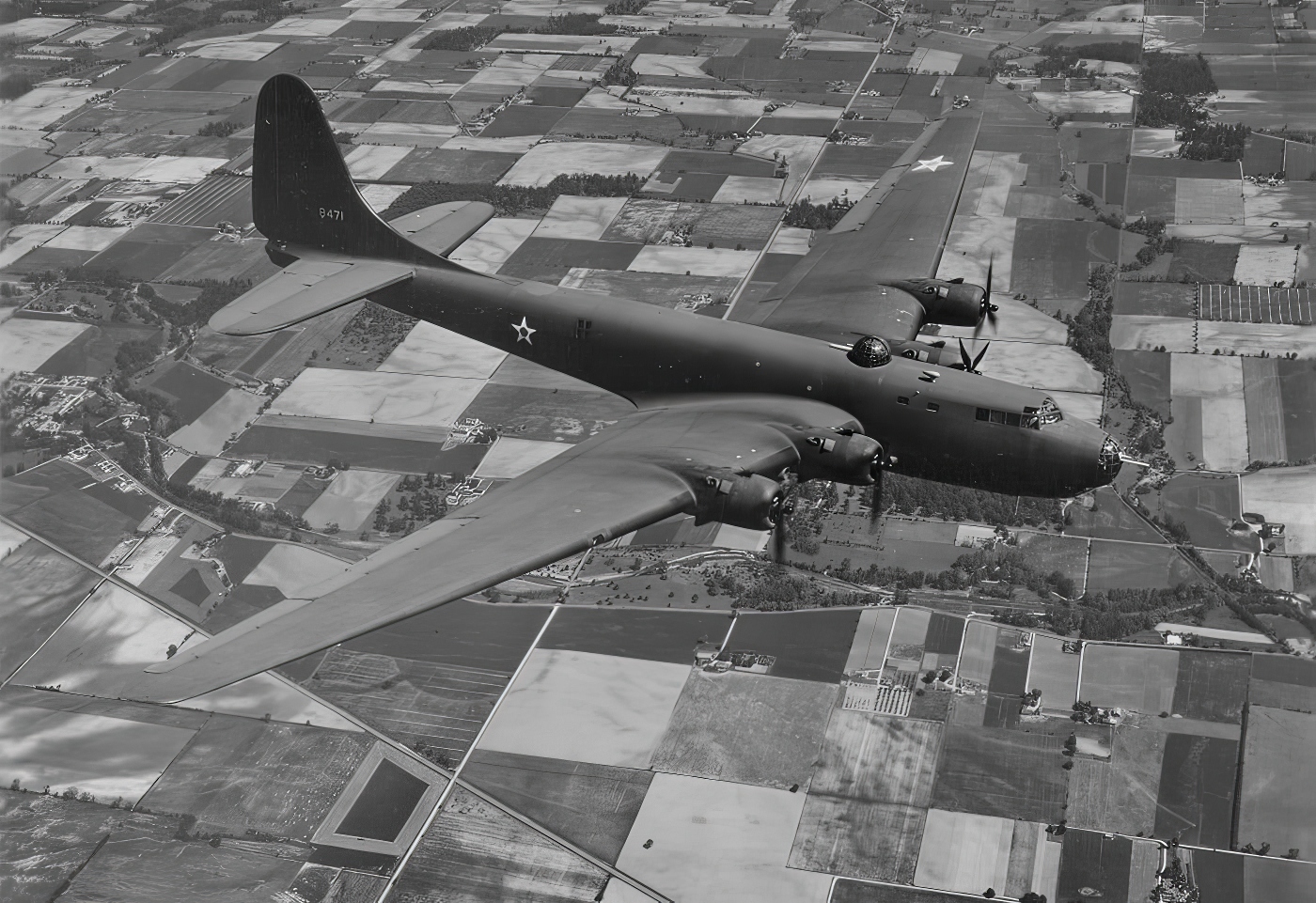
Just how big?
The XB-19 wasn’t just large; it was colossal. With dimensions of 132 feet in length, a wingspan stretching 212 feet, and a take-off weight of 162,000 pounds. Its main landing gear had 24-ply tires that were eight feet in diameter, its scale was truly awe-inspiring. To grasp its enormity, consider that it surpassed the Boeing B-17 Flying Fortress in size and exceeded the later Boeing B-29 Superfortress by 30 percent. Notably, it held its size record until the introduction of Convair’s B-36 in 1946. Building the XB-19 came with a hefty price tag of $2½ million, with Douglas Aircraft absorbing a million of that cost. The B-19’s range of 7,700 miles meant it could remain aloft for 55 hours. It had passageways inside the wings so crewmembers could service the engines in flight.
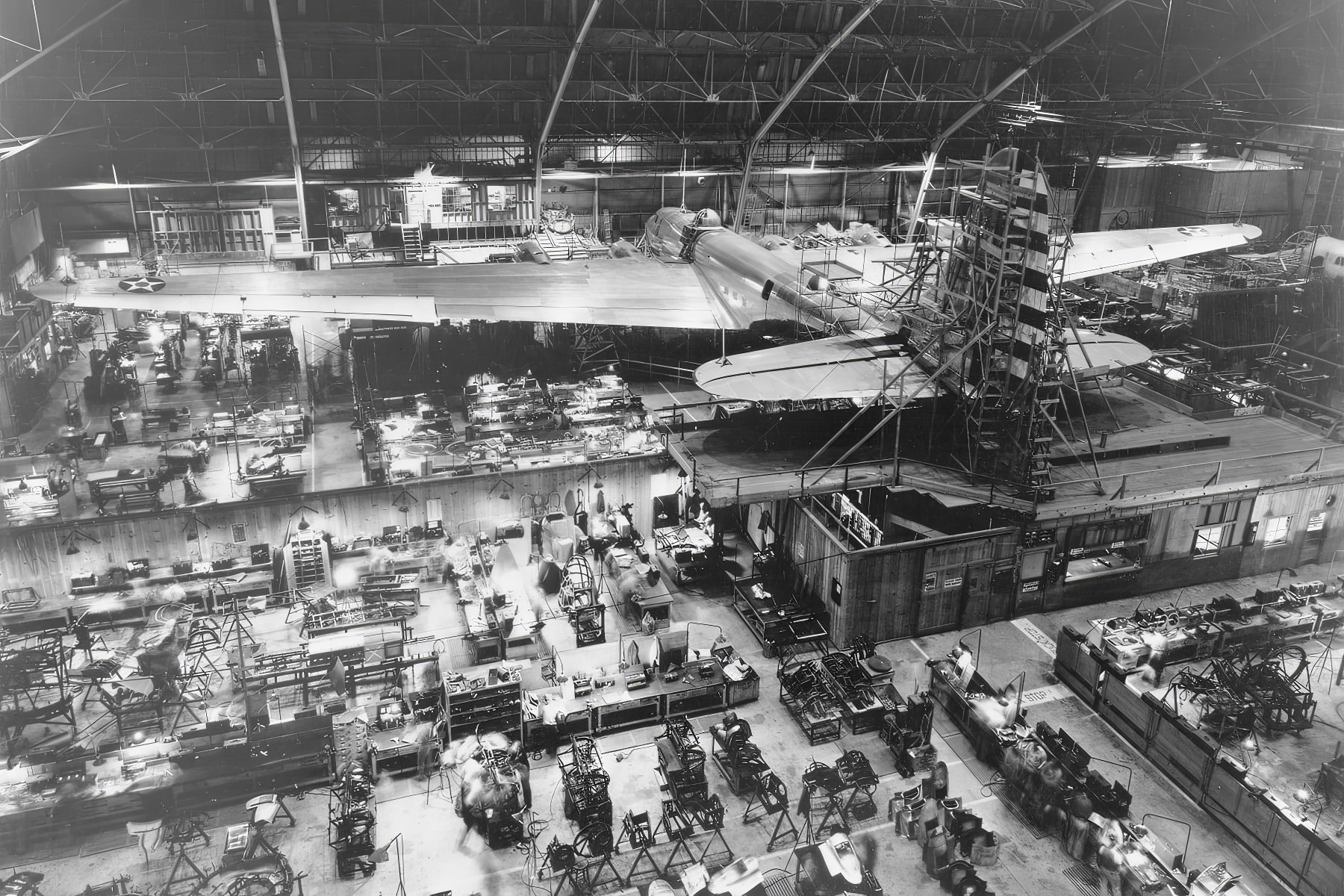
Charting the Path to the Heavens
The XB-19’s development symbolized America’s determination to safeguard its interests and allies. Yet, this path was fraught with obstacles. The advent of World War II and the fast pace of technological advancements threatened to render the XB-19 obsolete before its completion. Despite these hurdles, the commitment to the XB-19’s strategic importance never wavered.
Amidst the competitive fervor of military contracts, Douglas Aircraft secured the contract for the XB-19, triumphing over Sikorsky’s competing design. The selected design featured a sleek, low-wing monoplane silhouette, distinguished by its smooth metal exterior and aerodynamic fuselage.
The selection of the aircraft’s propulsion system involved significant deliberation, eventually favoring the Wright R-3350 engines over a more intricate initial design. This pivotal decision highlighted the project’s flexibility in navigating the complexities of design and logistics.
Adjusting to a Shifting Global Stage
The outbreak of war in Europe altered the strategic landscape profoundly. The extended development timeline of the XB-19, paired with the dynamic nature of aerial combat, raised questions about its utility in the looming conflict. Nevertheless, the project forged ahead, achieving a monumental milestone with the aircraft’s inaugural flight in 1941. This event seized the public’s imagination, cementing the XB-19’s iconic status and underlining its representation of American creativity and prowess.
However, the Pearl Harbor attack and the United States’ entry into World War II underscored the limitations inherent in the XB-19’s design philosophy. The paradigm of aerial combat had shifted towards more adaptable and swiftly deployable aircraft, necessitating the reassignment of the XB-19 to cargo transport duties.
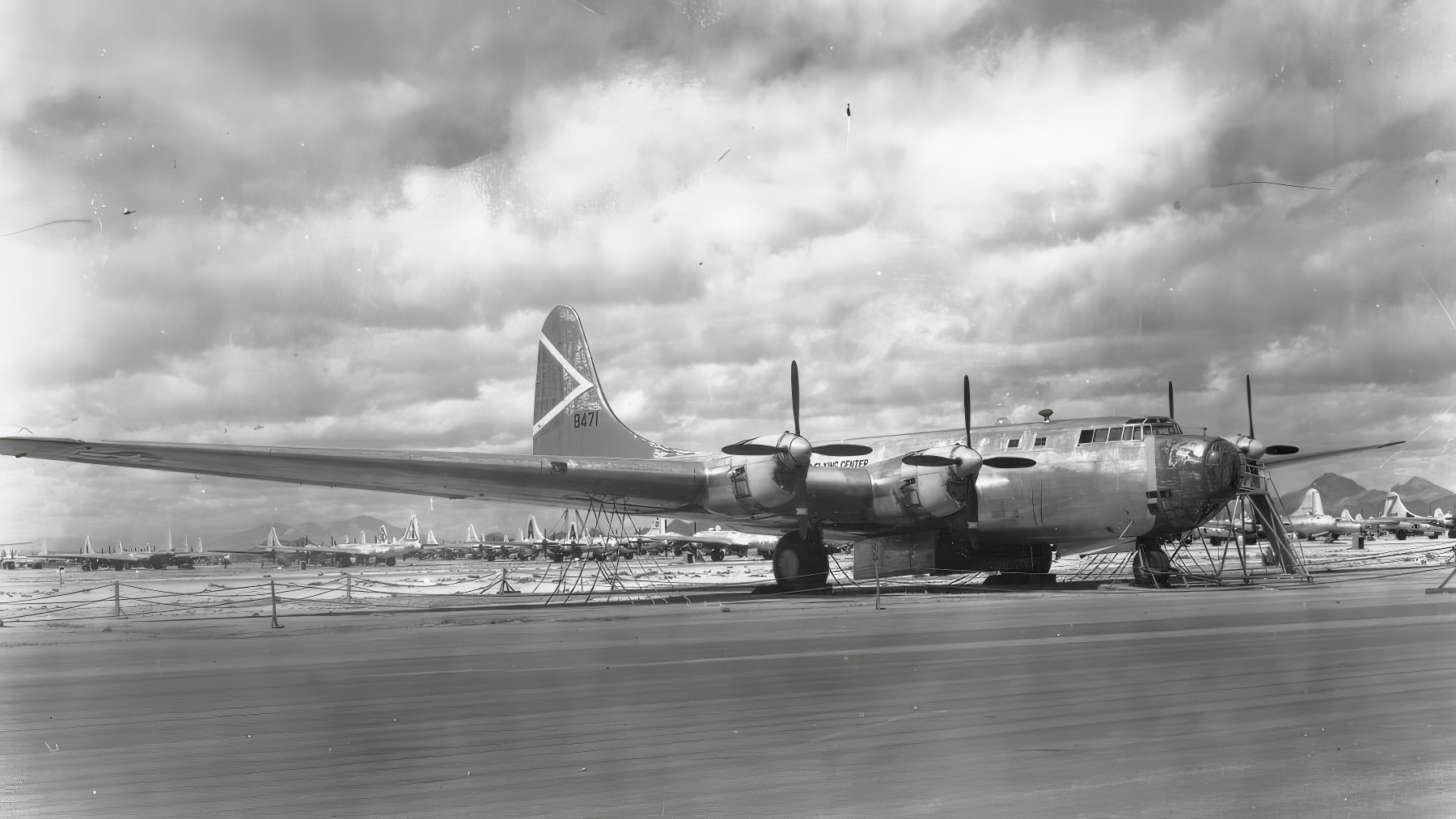
Cementing a Legacy
Although the XB-19 did not execute its intended combat role, its influence on aviation and military strategy remains profound. The project catalyzed advancements in aircraft design and technology, shaping the development of future bombers, notably the B-29 Superfortress.
Following the conflict, authorities decommissioned and dismantled the XB-19, preserving only its massive landing gear as a testament to its ambitious scale. Displayed in museums, these remnants evoke the bold vision that propelled the XB-19’s creation.
